It was a crisp autumn afternoon when Mike and Jenna turned the key to their new townhouse for the first time. Nestled between two identical brick homes in a quiet but vibrant part of the city, the property felt like the perfect balance of city energy and suburban peace. They’d fallen in love with the tall, narrow design, where each floor offered a cozy space, from the kitchen on the ground level to the main bedroom perched above with a skyline view. It was a significant shift from their previous apartment, yet it felt like a natural progression. This home provided a sense of privacy while remaining connected to the bustling community outside. For Mike and Jenna, like many urban dwellers, the townhouse struck that perfect balance between a standalone home and apartment living, offering space, affordability, and city life all wrapped into one.
The History of Townhouses: From Europe to America
Townhouses, also known as “row houses,” trace their origins back to 17th-century Europe, where they first appeared in cities like London and Paris. These homes were designed as narrow, multi-story residences that shared walls with neighboring houses, allowing more homes to be built in a confined space while giving homeowners privacy and individual outdoor spaces. In the U.S., townhouses became popular in the 19th century in major cities like New York, Boston, and Philadelphia, particularly among the wealthy. These urban homes became symbols of prestige, with their narrow facades and elaborate architectural details reflecting the residents’ status.
For example, the iconic brownstone townhouses of Brooklyn became synonymous with upper-class city life. Over time, however, townhouses evolved to cater to a broader range of buyers, becoming a popular choice for middle-class families looking to balance city life with the space and privacy of a standalone home. Today, townhouses remain famous for homebuyers seeking affordable, urban-friendly alternatives to single-family homes and high-rise apartments.
The Popularity of Townhouses Today
Townhouses have resurgent in recent years, especially among millennials and empty nesters. According to Zillow, the demand for townhouses has grown steadily over the past decade, with 21% of homebuyers in urban areas opting for townhouses in 2023. This is primarily driven by affordability, low maintenance, and the desire for a community-oriented lifestyle.
The National Association of Home Builders (NAHB) reported that townhouses represented approximately 13% of new residential construction in 2022, up from just 7% in 2009. This growth reflects both shifting housing trends and the increasing cost of land in urban areas, where townhouses offer a more efficient use of space compared to detached single-family homes.
The rise of townhouses is particularly evident in cities where space is at a premium. According to Redfin, townhouses like Seattle, Washington D.C., and San Francisco are selling faster than other housing types, with many buyers attracted to their lower price points than standalone homes. In 2023, the median sale price for a townhouse in the U.S. was $380,000, compared to $455,000 for a single-family home (Zillow); for first-time homebuyers like Mike and Jenna, the ability to purchase a home in the city at a more affordable price made townhouses an attractive option.
Advantages of Townhouse Living
So, what makes townhouses desirable in today’s housing market? There are several reasons why homebuyers, especially those in urban areas, are drawn to townhouses:
- Affordability
One of a townhouse’s most significant selling points is its affordability compared to single-family homes. Since townhouses share walls with adjacent homes, they typically require less land, significantly lowering construction costs. As a result, townhouses are often priced lower than detached homes in the same neighborhood. Realtor.com says townhouses are generally 10-30% less expensive than similar-sized single-family homes in urban areas.
For first-time buyers or young families looking to own property without breaking the bank, townhouses offer an accessible entry point into the housing market. Additionally, many townhouses are part of planned communities, often including shared amenities like parks, pools, or fitness centers, adding value without significantly raising the purchase price.
- Low Maintenance
Unlike standalone homes, where homeowners are responsible for maintaining the exterior of the house and the surrounding property, many townhouse developments include homeowners’ associations (HOAs) that manage landscaping, exterior repairs, and snow removal. While homeowners are typically responsible for the interiors, the shared maintenance services make townhouse living a low-maintenance option, especially for busy professionals or retirees.
In a survey by Angi (formerly Angie’s List), 67% of townhouse owners cited low maintenance as one of the top reasons for choosing a townhouse over a detached home. For homeowners who don’t want the burden of yard work or exterior upkeep but still want the benefits of homeownership, townhouses offer an ideal compromise.
- Efficient Use of Space
Townhouses are known for their vertical design, often featuring two or three stories with a small footprint. While they may have less land than a single-family home, they efficiently use interior space. The ground floor is typically used for common areas like the kitchen and living room, while the upper floors are reserved for bedrooms and bathrooms. Many townhouses also feature basements or rooftop terraces, offering additional space for storage, outdoor living, or recreation.
For urban dwellers accustomed to apartment living, the extra floors provide much-needed space while retaining city homes’ compact, easy-to-manage layout. A 2022 Trulia study found that 42% of townhouse owners considered the multi-level layout a positive feature, allowing for more defined living spaces without sacrificing a central, cohesive design.
- Community Living
One of the unique aspects of townhouse living is the built-in sense of community. Townhouses are often part of planned developments or clusters, where neighbors live close together and share common spaces, fostering a sense of camaraderie and neighborhood spirit. Many townhouse developments are designed with community areas such as parks, playgrounds, and shared gardens, encouraging social interaction among residents.
This aspect of townhouse living has become particularly appealing in recent years as more homebuyers look for walkable neighborhoods and community-oriented environments. According to the National Association of Realtors (NAR), 55% of millennials prefer living in communities where amenities are within walking distance, and townhouses offer the perfect blend of private living space and communal access to parks, shops, and cafes.
The Challenges of Townhouse Ownership
While townhouses offer numerous benefits, there are some trade-offs that potential buyers should consider:
- Shared Walls
One of the defining features of townhouses is their shared walls with neighboring homes. While this design allows for greater density and lower costs, it can also mean less privacy than standalone dwellings. Noise from neighbors can be a concern, especially in older or poorly insulated townhouses. Additionally, any renovations or exterior changes may require approval from the HOA, limiting homeowners’ flexibility in customizing their property.
- Homeowners’ Associations (HOAs)
Many townhouse developments are governed by HOAs, which manage shared amenities and enforce community rules. While HOAs can be beneficial in maintaining property values and ensuring that the neighborhood remains well-kept, they often come with monthly fees and strict guidelines. According to Bankrate, townhouse HOA fees can range from $100 to $500 per month, depending on the location and amenities. Homeowners who value complete independence may find HOA rules restrictive.
- Limited Outdoor Space
While townhouses often include small yards or patios, they typically have less outdoor space than single-family homes. A townhouse may not be the best fit for buyers looking for extensive gardens or spacious backyards. However, the trade-off is that shared community spaces, such as parks or gardens, often need more private outdoor space.
Townhouses and the Real Estate Market
The townhouse market remains robust, with solid demand in both urban and suburban areas. According to Realtor.com, townhouse sales increased by 15% in 2022, particularly in cities where space is at a premium. Cities like Washington D.C., New York, and San Francisco have seen some of the highest increases in townhouse sales, driven by homebuyers seeking more space without moving to the suburbs.
In suburban areas, townhouses are increasingly being built as part of new master-planned communities that cater to young families and retirees. These developments offer the benefits of suburban living — schools, parks, and larger homes — but in a more compact, community-focused environment.
Conclusion
Townhouses offer a unique blend of affordability, low maintenance, and community living, making them an attractive option for homebuyers seeking the balance between urban convenience and suburban comfort. As housing markets continue to evolve and more people look for efficient, versatile housing options, townhouses will likely remain popular for years to come. For families like Mike and Jenna, the townhouse represents not just a home but a lifestyle that embraces both the energy of the city and the intimacy of a neighborhood.


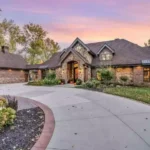


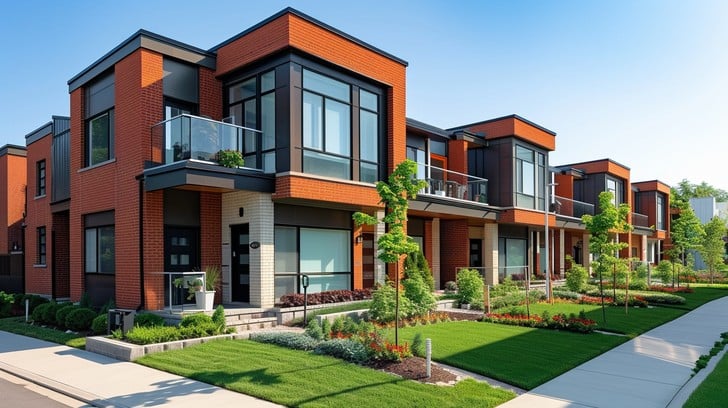



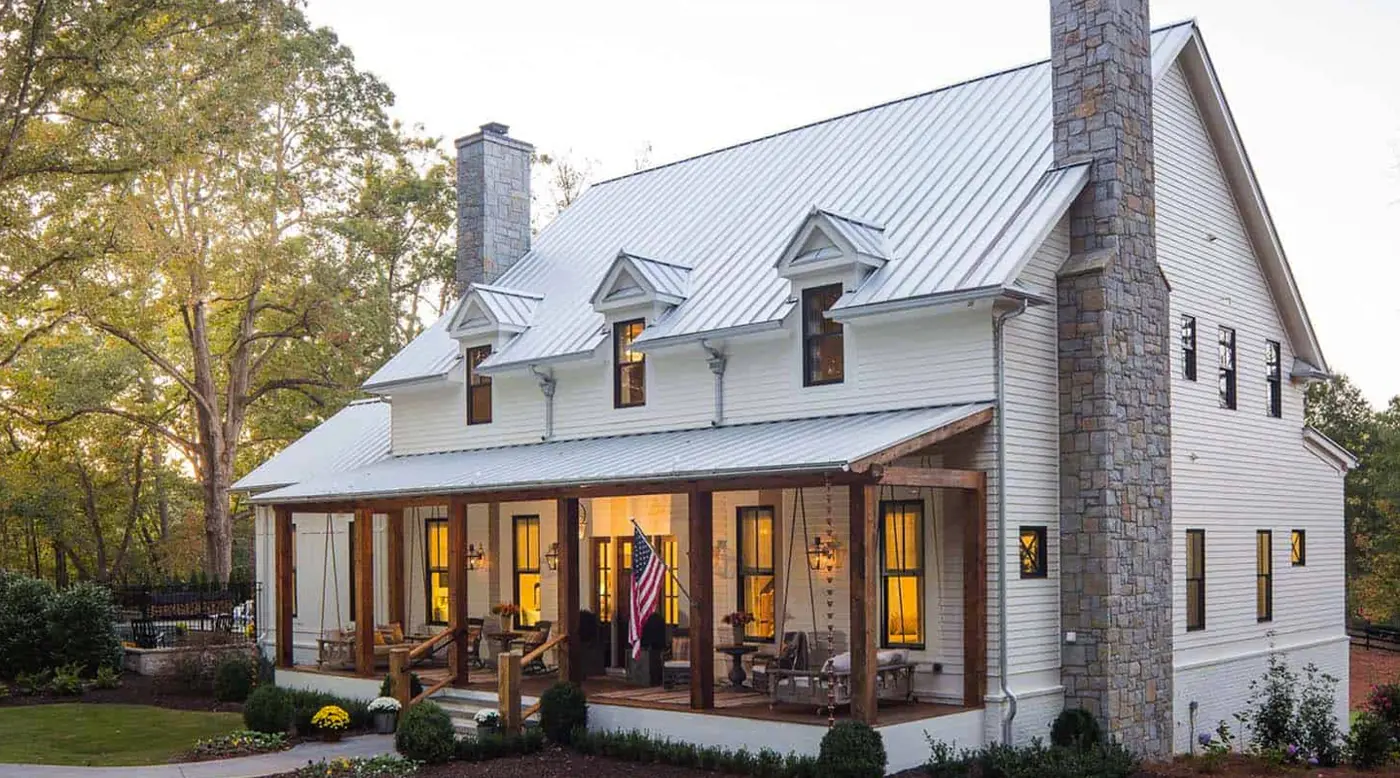
 Afrikaans
Afrikaans Shqip
Shqip አማርኛ
አማርኛ العربية
العربية Հայերեն
Հայերեն Azərbaycan dili
Azərbaycan dili Euskara
Euskara Беларуская мова
Беларуская мова বাংলা
বাংলা Bosanski
Bosanski Български
Български Català
Català Cebuano
Cebuano Chichewa
Chichewa 简体中文
简体中文 繁體中文
繁體中文 Corsu
Corsu Hrvatski
Hrvatski Čeština
Čeština Dansk
Dansk Nederlands
Nederlands English
English Esperanto
Esperanto Eesti
Eesti Filipino
Filipino Suomi
Suomi Français
Français Frysk
Frysk Galego
Galego ქართული
ქართული Deutsch
Deutsch Ελληνικά
Ελληνικά ગુજરાતી
ગુજરાતી Kreyol ayisyen
Kreyol ayisyen Harshen Hausa
Harshen Hausa Ōlelo Hawaiʻi
Ōlelo Hawaiʻi עִבְרִית
עִבְרִית हिन्दी
हिन्दी Hmong
Hmong Magyar
Magyar Íslenska
Íslenska Igbo
Igbo Bahasa Indonesia
Bahasa Indonesia Gaeilge
Gaeilge Italiano
Italiano 日本語
日本語 Basa Jawa
Basa Jawa ಕನ್ನಡ
ಕನ್ನಡ Қазақ тілі
Қазақ тілі ភាសាខ្មែរ
ភាសាខ្មែរ 한국어
한국어 كوردی
كوردی Кыргызча
Кыргызча ພາສາລາວ
ພາສາລາວ Latin
Latin Latviešu valoda
Latviešu valoda Lietuvių kalba
Lietuvių kalba Lëtzebuergesch
Lëtzebuergesch Македонски јазик
Македонски јазик Malagasy
Malagasy Bahasa Melayu
Bahasa Melayu മലയാളം
മലയാളം Maltese
Maltese Te Reo Māori
Te Reo Māori मराठी
मराठी Монгол
Монгол ဗမာစာ
ဗမာစာ नेपाली
नेपाली Norsk bokmål
Norsk bokmål پښتو
پښتو فارسی
فارسی Polski
Polski Português
Português ਪੰਜਾਬੀ
ਪੰਜਾਬੀ Română
Română Русский
Русский Samoan
Samoan Gàidhlig
Gàidhlig Српски језик
Српски језик Sesotho
Sesotho Shona
Shona سنڌي
سنڌي සිංහල
සිංහල Slovenčina
Slovenčina Slovenščina
Slovenščina Afsoomaali
Afsoomaali Español
Español Basa Sunda
Basa Sunda Kiswahili
Kiswahili Svenska
Svenska Тоҷикӣ
Тоҷикӣ தமிழ்
தமிழ் తెలుగు
తెలుగు ไทย
ไทย Türkçe
Türkçe Українська
Українська اردو
اردو O‘zbekcha
O‘zbekcha Tiếng Việt
Tiếng Việt Cymraeg
Cymraeg isiXhosa
isiXhosa יידיש
יידיש Yorùbá
Yorùbá Zulu
Zulu